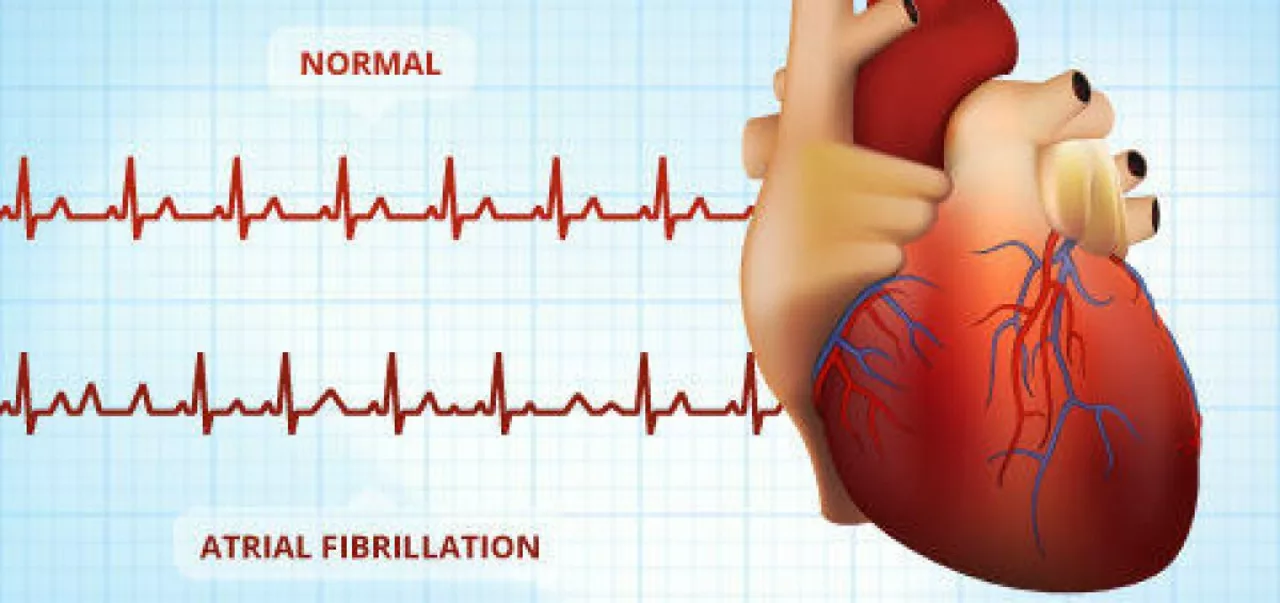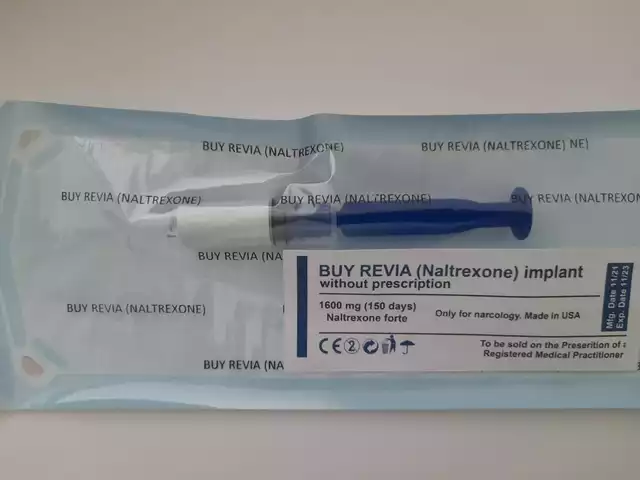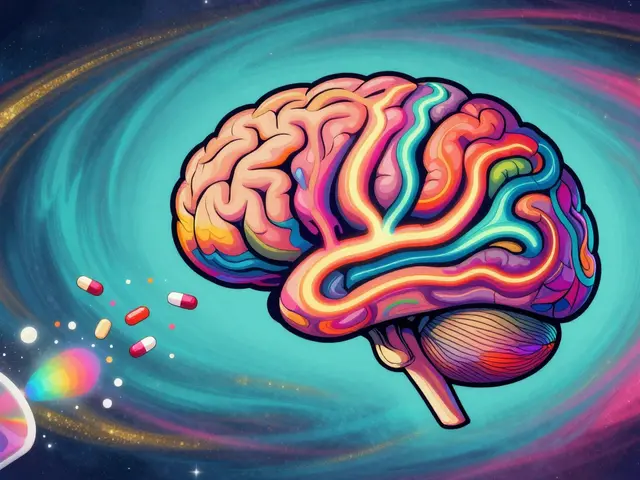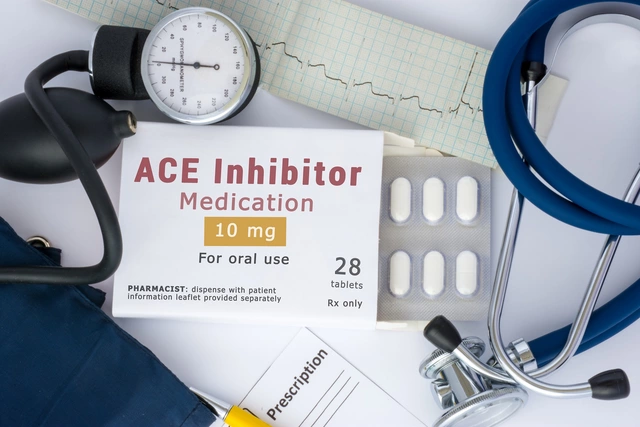Stroke Risk: What Raises It and How to Lower Your Chances
Strokes happen when blood can’t flow properly to the brain. If you know what pushes that risk up, you can take steps to keep it down. Below we break down the most common triggers and simple habits that work for anyone.
Common Triggers That Spike Stroke Risk
High blood pressure is the number‑one culprit – it stresses your arteries and makes clots more likely. Even a mild, unchecked rise can add up over years. Smoking does the same thing by narrowing vessels and lowering oxygen levels.
Diabetes and high cholesterol are also big players. Too much sugar or bad fats builds plaque that blocks flow. Atrial fibrillation (an irregular heartbeat) sends tiny clots from the heart straight to the brain, a fast lane to stroke.
Age matters too – risk climbs after 55, especially for men, but women catch up after menopause. Family history and certain ethnic backgrounds can add extra points on the risk chart.
Lifestyle habits matter just as much. Sitting most of the day, eating salty or processed foods, and drinking heavily all raise blood pressure and inflammation. Stress isn’t a direct cause, but it often leads to those other bad habits.
Simple Changes That Can Lower Your Risk
The good news? You can lower your odds with everyday moves. Keep your blood pressure under 130/80 – check it at home or the pharmacy and follow your doctor’s plan.
If you smoke, quit now. Even cutting back a few cigarettes a day drops risk fast. Use nicotine patches or apps for extra help.
Exercise is free medicine. Aim for 30 minutes of brisk walking, cycling, or swimming most days. It improves circulation and trims weight, which helps blood pressure and cholesterol.
Swap salty snacks for fresh fruit, veggies, whole grains, and lean proteins. Those foods give fiber and nutrients that keep arteries clean. If you love a drink, keep it to one glass of wine or beer per day; more than that spikes blood pressure.
Manage diabetes with diet, meds, and regular glucose checks. The same goes for cholesterol – statin pills work if lifestyle tweaks aren’t enough. If you have atrial fibrillation, talk to your doctor about blood thinners. They’re proven to cut stroke risk dramatically.
Finally, know the warning signs so you can act fast: sudden numbness or weakness (especially on one side), confusion, trouble speaking, vision loss, or a severe headache with no clear cause. Call emergency services immediately if any show up – minutes count.
Putting these pieces together doesn’t require a total life overhaul. Pick one habit to change this week, track your progress, and add another next month. Small steps add up, and before you know it you’ve built a solid defense against stroke.
The Role of Apixaban in Reducing Stroke Risk in Patients with Atrial Fibrillation
In my latest research, I've come across the significant role Apixaban plays in reducing stroke risk for patients with atrial fibrillation. Atrial fibrillation, a common heart rhythm disorder, can lead to the formation of blood clots and increase the risk of stroke. Apixaban is an anticoagulant medication that helps prevent these blood clots from forming. Numerous studies have shown that it is not only effective, but also a safer alternative to traditional blood thinners like warfarin. It's amazing to see how advancements in medicine, like Apixaban, continue to improve the lives of those living with heart-related conditions.






